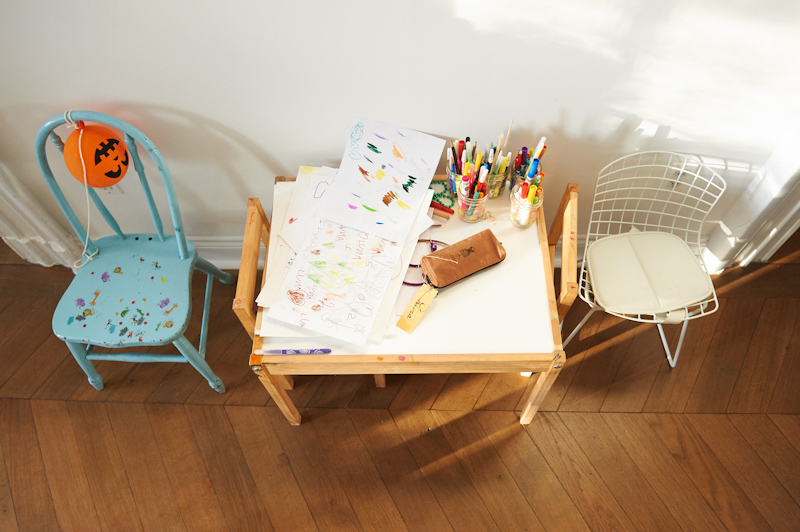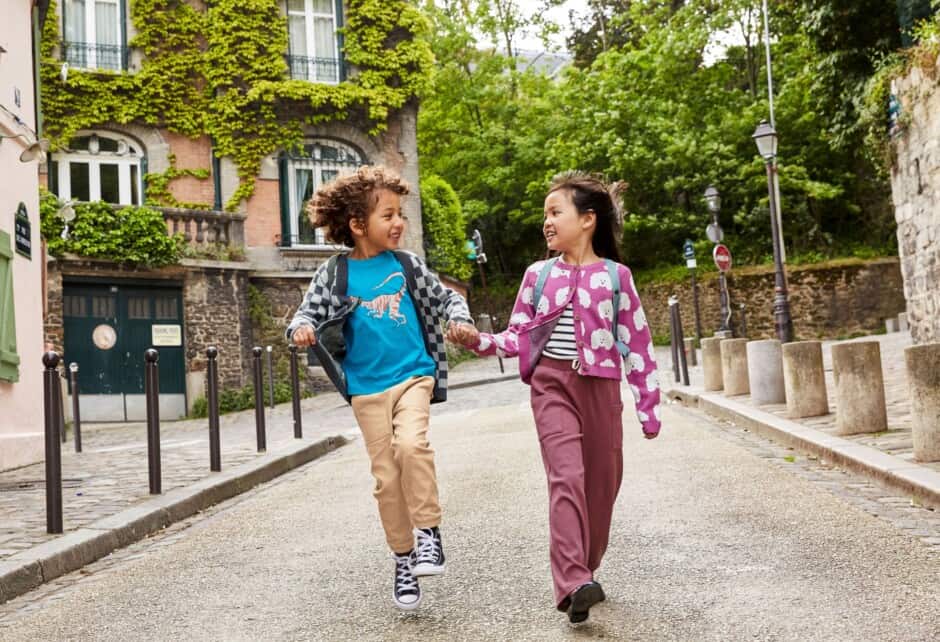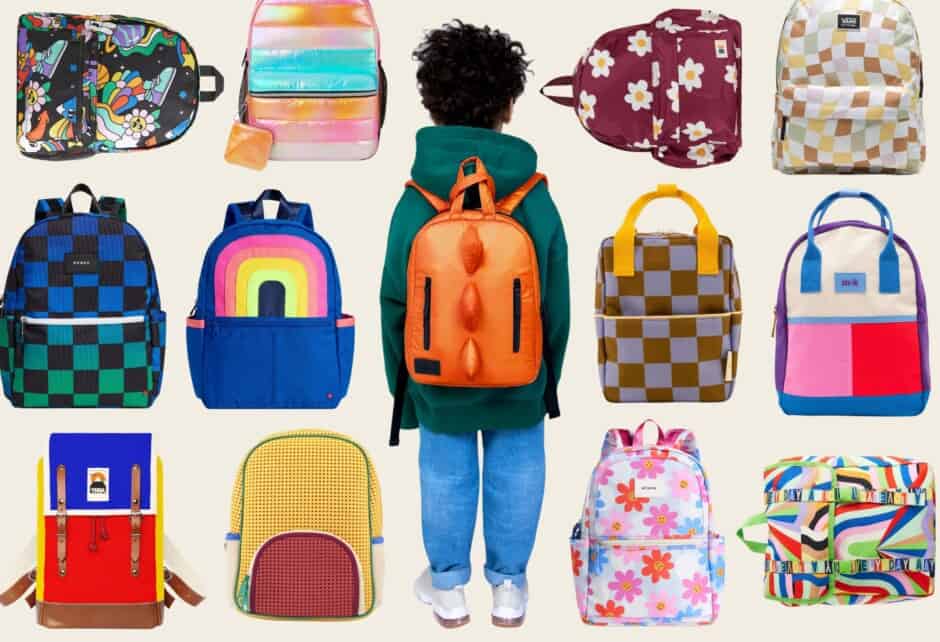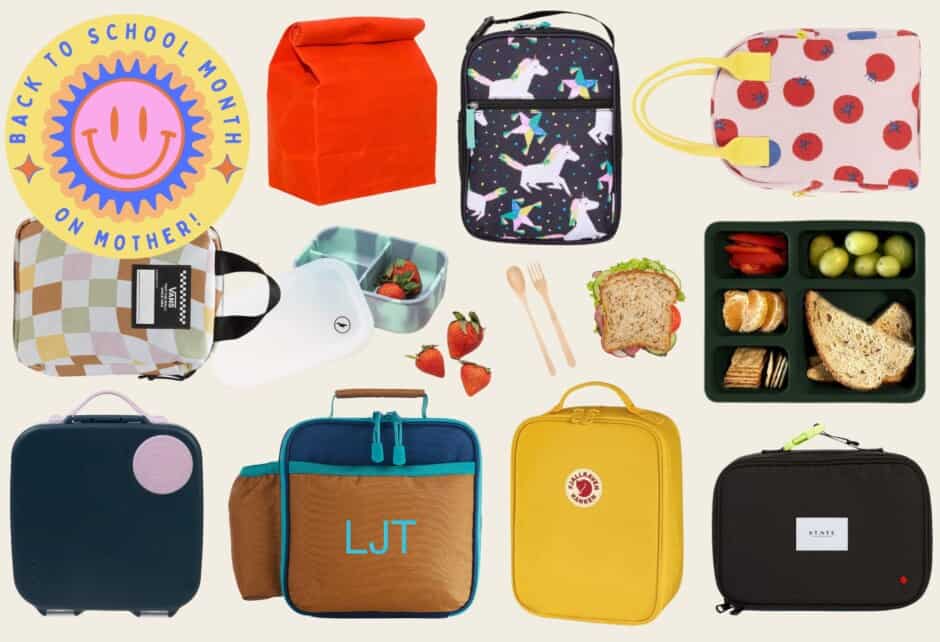
A Primer In Reggio Emilia Education & How To Incorporate It At Home
Written by Sara Langer
Photography by Ana Lerario Geller's Home, Photographed By Maria del Rio
If you have a child that will be starting preschool soon, you’re likely doing your research on the different educational philosophies and models that meet your family’s values and specific needs. Reggio Emilia-inspired schools share many of the same values as the better known Waldorf and Montessori schools, however, they don’t not have a philosophy with a set curriculum. Instead, each individual school has its own unique approach based on the distinctive characteristics that were the basis for the original Reggio Emilia school, founded after World War II in the Italian city of the same name. In fact, the only Reggio Emilia school is the original, while all other schools are considered to be inspired by the namesake location, rather than being called Reggio Emilia themselves. Each school will have differences, based on the specific locale, population of families, background of the educators, and the interests of children in attendance. Curious to know more? Here we share some of the core values and principles of Reggio Emilia-inspired schools.
The Child Has A Hundred Languages
No two children in this world are exactly alike and “the hundred languages of children” is an expression used in Reggio Emilia to describe the many different ways children communicate. Teachers provide a variety of materials and experiences to spark and develop the child’s thinking and communication. Kids have opportunities to express themselves through hands-on activities as well as using critical thinking and oral language to explore, investigate, and reflect on their experiences.
The Child Is An Active Participant
Children are highly respected and seen as collaborators in their education. They drive the learning based on their interests and desires to know more.
Family Involvement
The parents, children, and teachers are each a vital part of the “learning team.” Parents are seen as partners and advocates for their children and are considered their child’s first teacher. The school and teachers provide ample opportunity for parents to be involved, such as in-class celebrations, parent-teacher conferences, and lectures.
Importance of Environment
The environment is considered the third educator, after the parents and teachers. Classrooms should be filled with natural light, plants, open spaces, and be free from clutter. The space should encourage social interactions, collaborations, and deeper exploration. There is generally a studio or “atelier” with various materials for children to work with their hands and create.
Flexible Approach
Teachers are seen as mentors or guides, rather than leaders. Curriculum and projects are not planned in advance. Rather, they are created and evolve based on the interests and needs of the individual child.
Documentation
While many educators from different philosophies document the learning and experience of the children for their own records and to share information with parents, in Reggio-inspired classrooms, teachers document the learning process for the children to see and experience. Using various types of media, like photos, text, and displaying projects, children can see the course of their learning. Whether presented in an album, notebook, or a panel/poster on the wall, the documentation provides a record and inspiration for further learning and projects for the child, parents, and teachers. It encourages self-reflection for the child and displays all of their accomplishments.
How To Use Reggio Emilia At Home
Because the Reggio approach is very open ended and the learning experience is highly influenced by the interests of the child, you can easily incorporate many of the ideas and values of this philosophy into your own home. Having a space where your child can create with a variety of materials would be a great first step. Whether it’s in their own room, a corner of your kitchen or main living space, or even outside, you simply provide some basic art materials (water color, crayons, colored pencils or markers, different types of paper, etc.) without having to come up with a specific activity. Let your child create their own activity based on their interests and skills. Display their work in one location. Creating a book or album at home is one way to keep a record of their work without cluttering your walls. Socializing and playing with others is also an important part of the Reggio experience. Schedule play dates with friends, but don’t plan a specific activity or outing. Open-ended and imaginative play, inspired by the environment, creates opportunities for learning that aren’t driven by the adult. The most important piece to remember is to “follow the child” and let their ideas and interest lead the way.
Share this story




